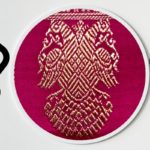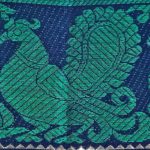“Pushpeshu Jati, purusheshu Vishnu, narishu Rambha, nagareshu Kanchi.”
Among flowers, (the best is) jati. Among men, Vishnu. Among women, Rambha. Among cities, Kanchi.”
So said Kalidasa, arguably the most famous poet from India’s ancient world.
There was only one problem. There is no evidence of Kalidasa having visited Kanchipuram. Or indeed the South of the Vindhyas. He was a poet in the Gupta court between the 4th and 5th centuries CE. More than a millennium ago. How then is he waxing eloquent about Kanchi?
In a way, it is similar to what the mythical “Shangrila” was for explorers, or Mount Everest is for mountain climbers, or Silicon Valley for today’s entrepreneurs: a famed land paved with gold.
For a poet sitting in Pataliputra, Kanchi must have seemed like Utopia. For one thing, it was the only southern city mention in the Sapthapuris or the Mokshapuris of the old.
‘Ayodhya Mathura Maya Kashi Kanchi Avantika Puri Dwarakavati caiva saptaide moksha dayika’
These are the seven holiest cities of that age, and linked to the seven chakras of the body.
Kanchi is linked to the svadhishtana chakra behind the genitals because its presiding deity, Goddess Kamakshi is the goddess of love.




